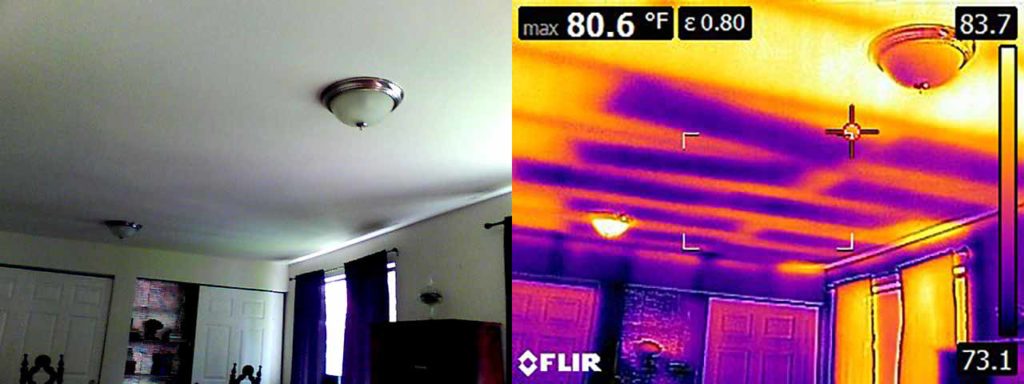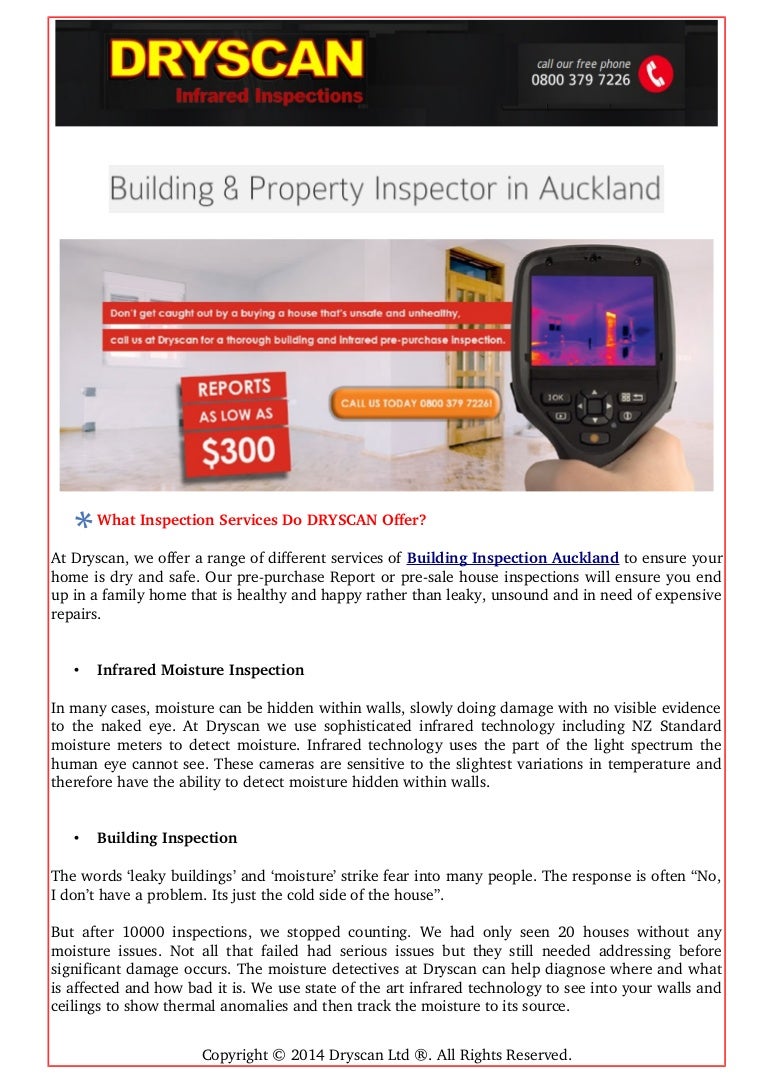Table of Content
For the printing technique called thermography, see thermographic printing. Serial testing prior to ending isolation can be considered in consultation with infectious disease experts. People with moderate or severeCOVID-19 should isolate through at least day 10. Those with severe COVID-19 may remain infectious beyond 10 days and may need to extend isolation for up to 20 days. Thermography by definition is by means of an instrument , but some living creatures have natural organs that function as counterparts to bolometers, and thus possess a crude type of thermal imaging capability .
Please help improve this article by adding citations to reliable sources.
Recommendation for Ending Isolation
Thermal images, or thermograms, are actually visual displays of the amount of infrared energy emitted, transmitted, and reflected by an object. Because there are multiple sources of the infrared energy, it is difficult to get an accurate temperature of an object using this method. A thermal imaging camera is capable of performing algorithms to interpret that data and build an image.
Maintenance technicians use thermography to locate overheating joints and sections of power lines, which are a sign of impending failure. Building construction technicians can see thermal signatures that indicate heat leaks in faulty thermal insulation and can use the results to improve the efficiency of heating and air-conditioning units. Revised title to include isolation in all settings other than health settings, not just home. Combined guidance on ending isolation and precautions for adults with COVID-19 and ending home isolation webpages.
Thermography
The fraction of its actual emission to the theoretical emission is its emissivity . The thermal imaging camera would next employ a series of mathematical algorithms. Since the camera is only able to see the electromagnetic radiation that is impossible to detect with the human eye, it will build a picture in the viewer and record a visible picture, usually in a JPG format. These recommendations do not apply to healthcare personnel in the healthcare setting, and do not supersede state, local, tribal, or territorial laws, rules, and regulations. For healthcare settings, please see Managing Healthcare Personnel with SARS-CoV-2 Infection or Exposure to SARS-CoV-2 and Interim Infection Prevention and Control Recommendations for Healthcare Personnel. For more details, including details on certain non-healthcare settings, please review Setting-Specific Guidance.

However, most thermal cameras only see objects warmer than −50 °C (−58 °F). Specialized thermal imaging cameras use focal plane arrays that respond to longer wavelengths (mid- and long-wavelength infrared). The most common types are InSb, InGaAs, HgCdTe and QWIP FPA. The newest technologies use low-cost, uncooled microbolometers as FPA sensors. Their resolution is considerably lower than that of optical cameras, mostly 160x120 or 320x240 pixels, up to 1280 x 1024 for the most expensive models. Thermal imaging cameras are much more expensive than their visible-spectrum counterparts, and higher-end models are often export-restricted due to the military uses for this technology. Older bolometers or more sensitive models such as InSb require cryogenic cooling, usually by a miniature Stirling cycle refrigerator or liquid nitrogen.
Applications
This update was made based on evidence suggesting a longer duration of viral shedding and will be revised as additional evidence becomes available. This time period will capture a greater proportion of contagious patients; however, it will not capture everyone. Some people with severe illness (e.g., requiring hospitalization, intensive care, or ventilation support) may remain infectious beyond 10 days. This may warrant extending the duration of isolation and precautions for up to 20 days after symptom onset and after resolution of fever for at least 24 hours (without the taking fever-reducing medications)andimprovement of other symptoms.

Moderately or severely immunocompromised patients may remain infectious beyond 20 days. For these people, CDC recommends an isolation period of at least 20 days, and ending isolation in conjunction with serial testing and consultation with an infectious disease specialist to determine the appropriate duration of isolation and precautions. Thermographic cameras create thermal images based on the radiant heat energy it receives. As radiation levels are influenced by the emissivity and reflection of radiation such as sunlight from the surface being measured this causes errors in the measurements. Changed the name of the ‘non-test-based strategy’ to the ‘symptom-based strategy’ for those with symptoms. Added a ‘time-based strategy’ and named the ‘test-based strategy’ for asymptomatic persons with laboratory-confirmed COVID-19.
Instead, healthcare settings should continue to use community transmission ratesand continue to follow CDC’s infection prevention and control recommendations for healthcare settings. Night vision infrared devices image in the near-infrared, just beyond the visual spectrum, and can see emitted or reflected near-infrared in complete visual darkness. However, again, these are not usually used for thermography due to the high temperature requirements, but are instead used with active near-IR sources. A black body is a theoretical object with an emissivity of 1 that radiates thermal radiation characteristic of its contact temperature.

Added new evidence and recommendations for duration of isolation and precautions for severely immunocompromised adults. Added new recommendations for duration of isolation for people with COVID-19 who are moderately or severely immunocompromised. Also, if a moderately or severely immunocompromised patient with COVID-19 was symptomatic, there should be resolution of fever for at least 24 hours (without the taking fever-reducing medication) and improvement of other symptoms. Loss of taste and smell may persist for weeks or months after recovery and need not delay the end of isolation.
The plastic bag is mostly transparent to long-wavelength infrared, but the man's glasses are opaque. The appearance and operation of a modern thermographic camera is often similar to a camcorder. Often the live thermogram reveals temperature variations so clearly that a photograph is not necessary for analysis.
By using the proper camera settings and by being careful when capturing the image, electrical systems can be scanned and problems can be found. People who are moderately or severely immunocompromisedshould isolate through at least day 20. Use of serial testing and consultation with an infectious disease specialist is recommended in these patients prior to ending isolation. In order to get a more accurate temperature measurement, a thermographer may apply a standard material of known, high emissivity to the surface of the object. The standard material might be as complex as industrial emissivity spray produced specifically for the purpose, or as simple as standard black insulation tape, with an emissivity of about 0.97.
No comments:
Post a Comment